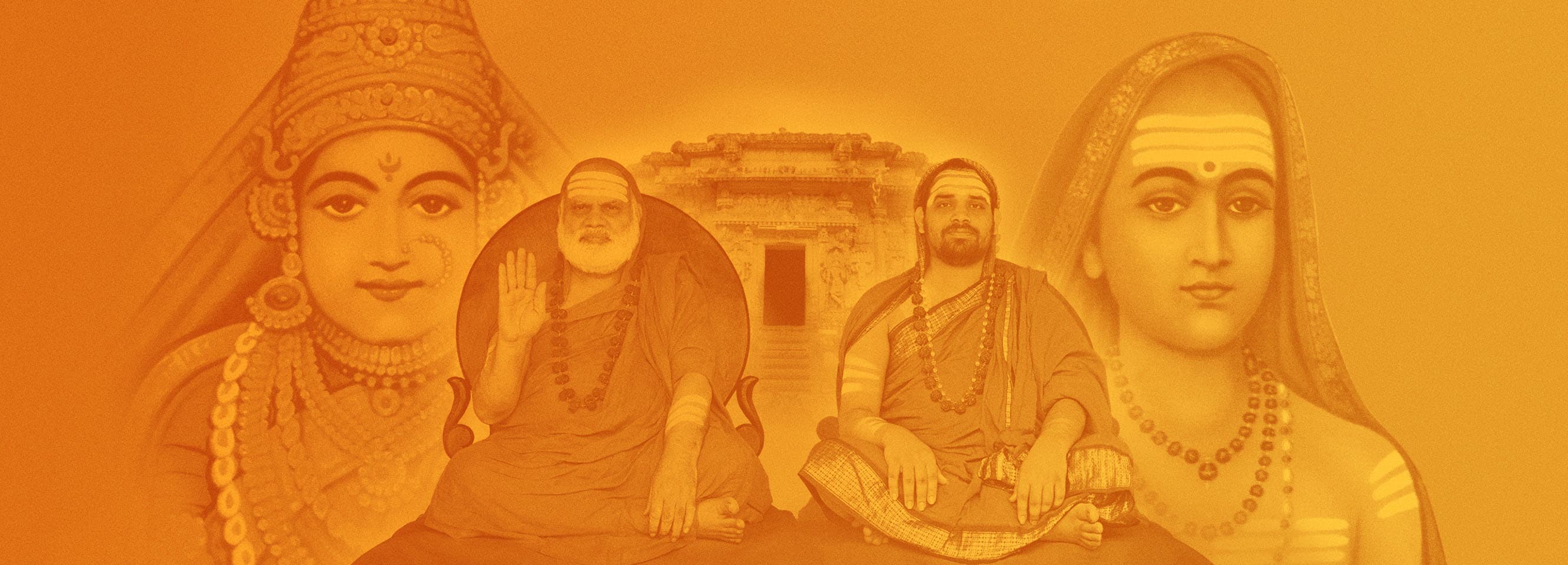Tour Programme of Sringeri Jagadguru - October to December 2025
Learn More
The Administrator,
Sringeri Math and its Properties,
Sringeri, Chikkamagaluru District,
Karnataka - 577139
Location
© 2025. All rights reserved by Dakshinamnaya Sri Sharada Peetham, Sringeri